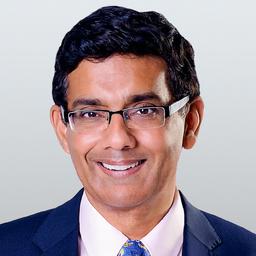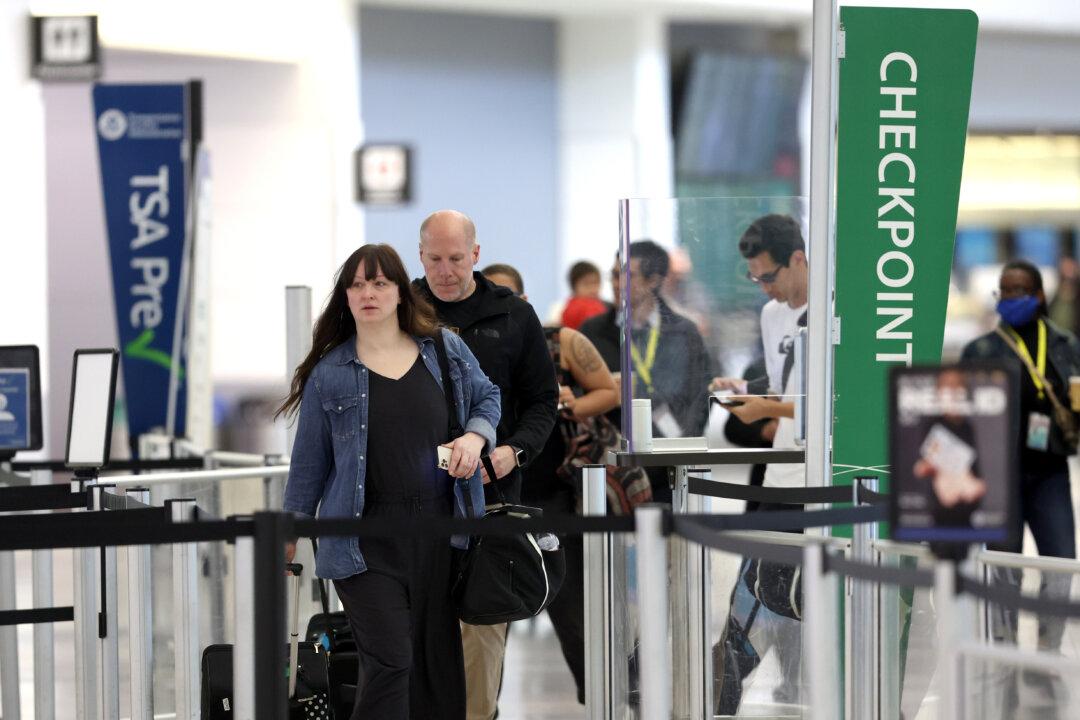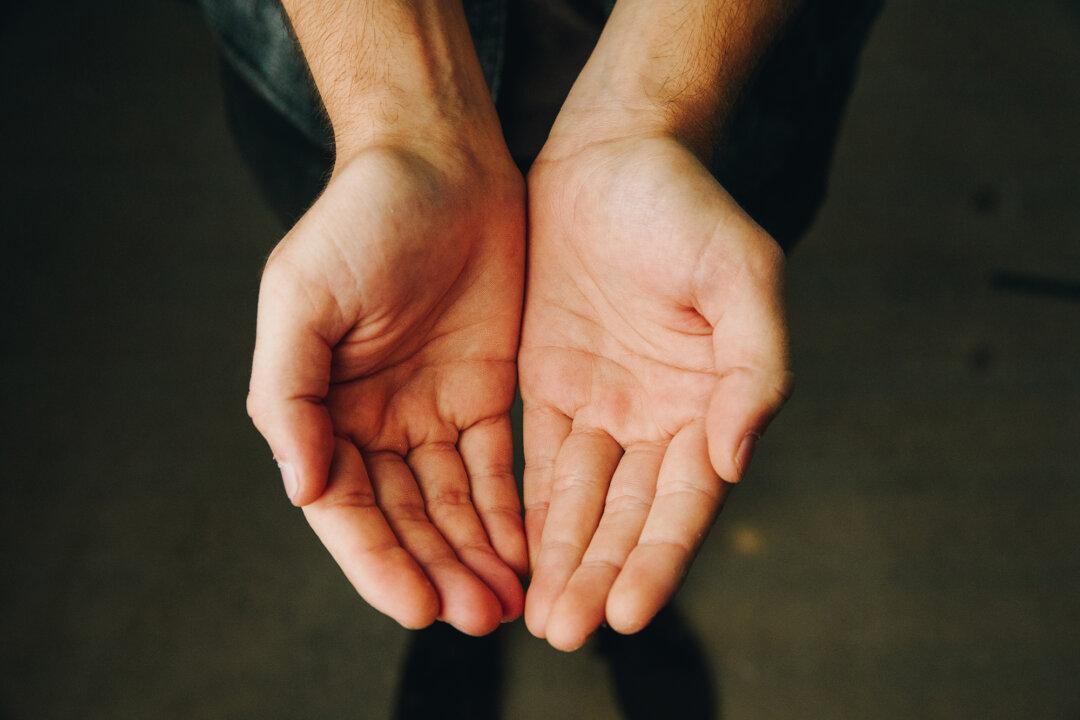Commentary
In Woody Allen’s classic film “Annie Hall,” we encounter the paranoia of the lead character Alvy Singer, who spots anti-Semitism even where there is no anti-Semitism. At one point, he tells his friend Rob that an NBC executive kept asking him, “Jew eat?” Of course the man was asking Alvy, “Did you eat?” The anti-Semitism that Alvy couldn’t find in society, he generated in his own mind.





